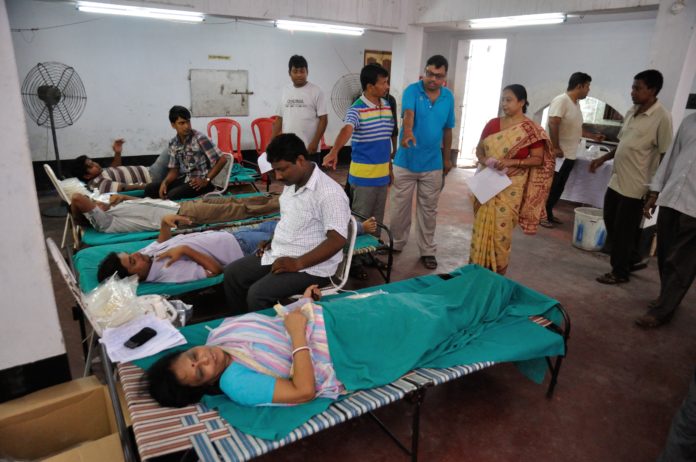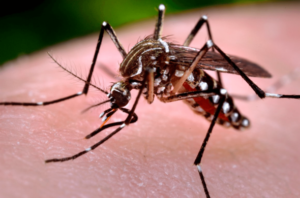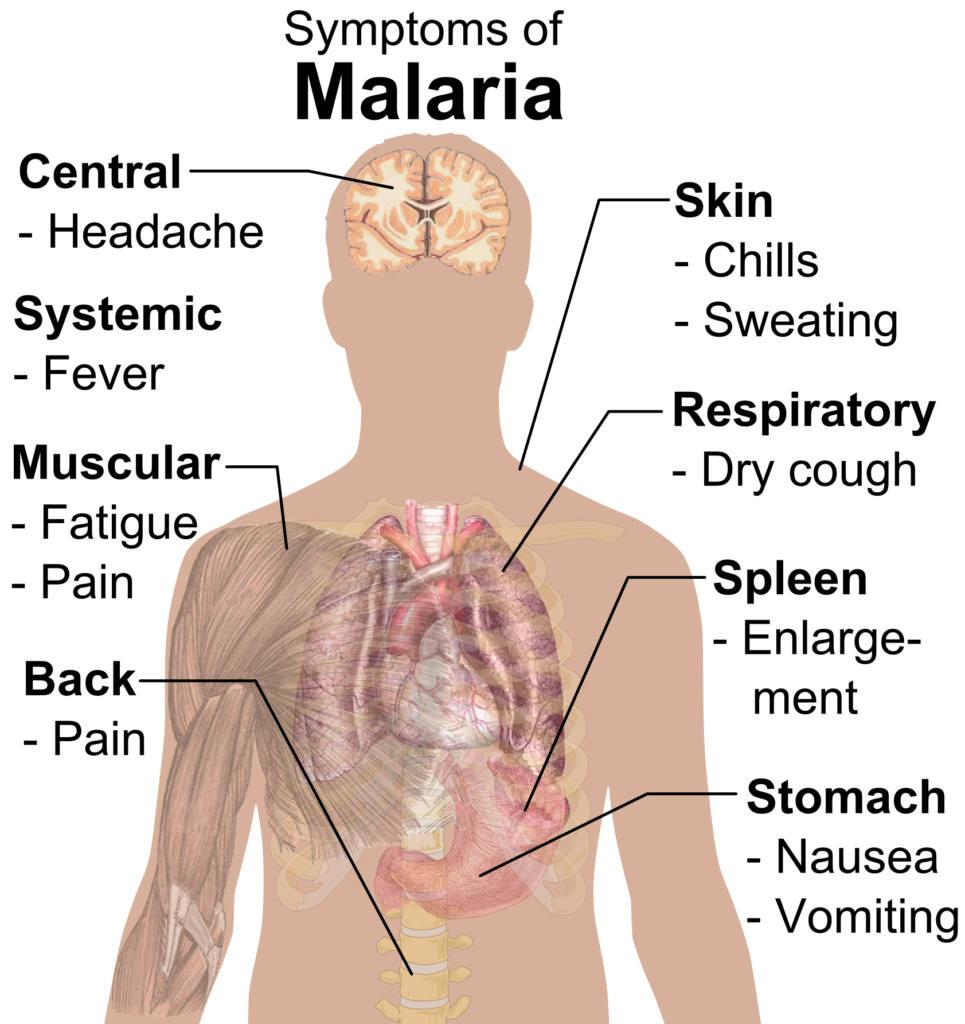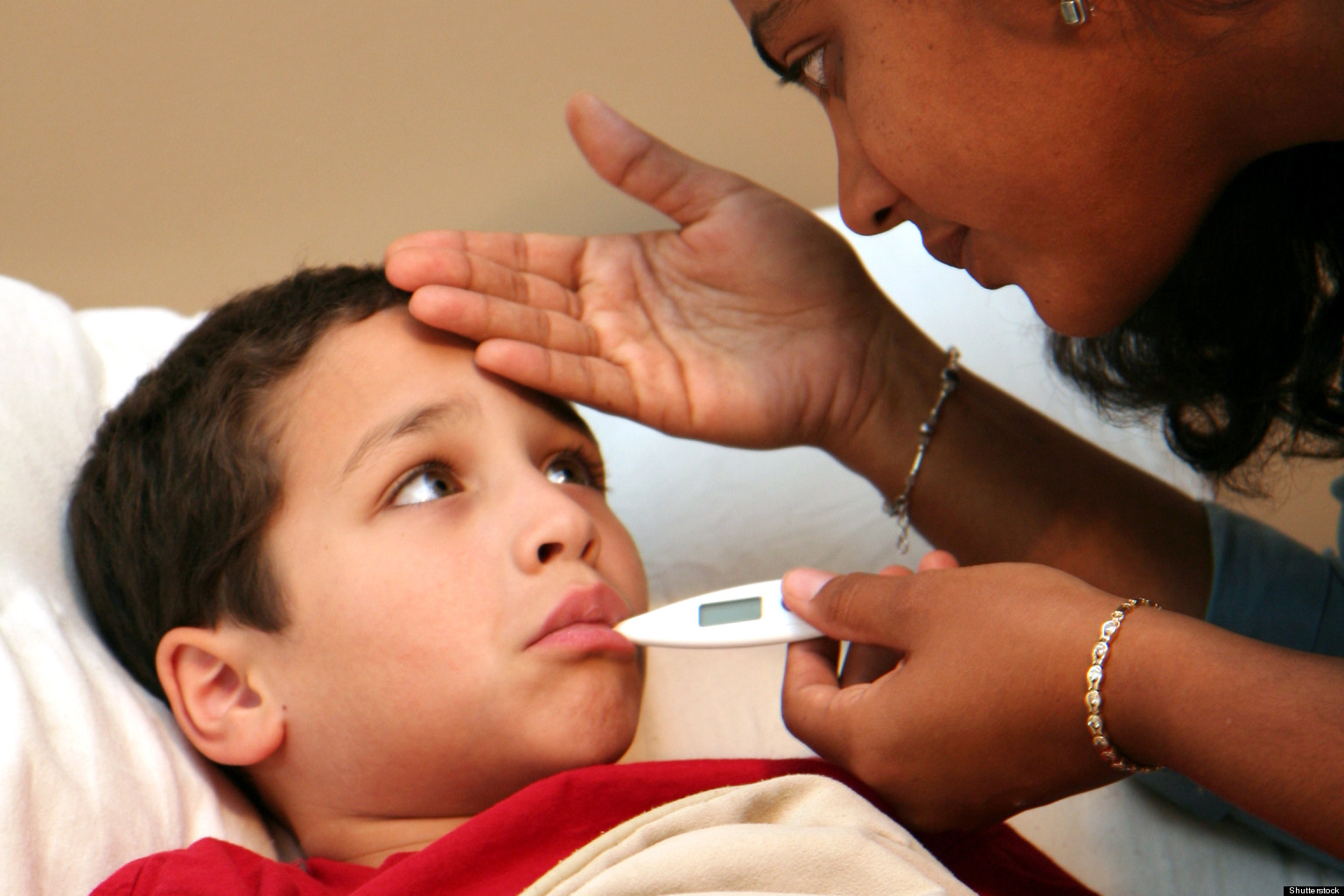
By Dr O P Choudhury
 A new global malaria report has sounded warning bells about possible massive under-reporting of malaria in India – to the tune of more than 90%. This after years of malaria having been given the status of a global public health success story, has highlighted the need for developing better surveillance systems on way to its eradication. Drug resistance is one of the main reasons why malaria came back with a vengeance in the 1990s; this has ushered in the era of combination drug therapies to treat Malaria.
A new global malaria report has sounded warning bells about possible massive under-reporting of malaria in India – to the tune of more than 90%. This after years of malaria having been given the status of a global public health success story, has highlighted the need for developing better surveillance systems on way to its eradication. Drug resistance is one of the main reasons why malaria came back with a vengeance in the 1990s; this has ushered in the era of combination drug therapies to treat Malaria.
Here’s all that you need to know on the mosquito borne malady.
What is malaria?
Malaria is a life threatening disease caused by the Plasmodium group of parasites that are transmitted by the bite of infected female anopheles mosquitoes. Anopheles culicifacies is the main vector of malaria and it bites from dusk to dawn – a reversal of the behaviour of the dengue vector Culex that is known to bite only during the day.
There are five types of plasmodium parasites which cause malaria in humans but Plasmodium vivax and Plasmodium falciparum cause most infections in India. Plasmodium falciparum is responsible for 99% of deaths in the world due to malaria.
India accounts for about 75% of all malaria cases in South East Asia and has the highest disease burden outside Africa. About 95% of Indian population resides in malaria endemic areas.
Although the disease can be found all over the country but the states of Orissa, West Bengal, Jharkhand, Rajasthan, Madhya Pradesh , Chhattisgarh, Andhra Pradesh, Maharashtra, Gujarat and Northeastern states (except Sikkim) are high risk states for malaria. Orissa in fact finds mention in the WHO report too as a standout state where the number of malaria cases actually went up in 2016 as compared to 2015.
The disease is found throughout the year in our country but it is more prevalent during and after rainy seasons.
 What are the symptoms of malaria?
What are the symptoms of malaria?
Typically malaria is associated with fever, chills, headache, vomiting, bodyache and other flu like symptoms. In more severe cases high fever may be associated with altered levels of consciousness/ lethargy, breathing difficulty, repeated vomiting, convulsions/ fits (also called cerebral malaria) and decreased production of urine requiring urgent hospitalisation.
Infants, children under 5 years of age, pregnant women, senior citizens, migratory labours and visitors travelling to endemic areas are at increased risk of severe infections.
According to official data, malaria cases have consistently declined in India from about 2.08 million to 1.08 million during 2001 to 2016. Plasmodium falciparum cases which are responsible for most deaths have declined from 1.07 to 0.71 million cases. Most cases of malaria have been reported from the states of Orissa (323800), Chhattisgarh (96263), Jharkhand (72085),Gujarat (30609), Madhya Pradesh (29018) and Uttar Pradesh (24014) as per data available with National Vector Borne Disease Control Programme till September 2017. The disease has also claimed 84 lives. While neighbouring country like Srilanka has achieved complete eradication of malaria in 2016 our goal of achieving complete eradication is by 2030.
How is malaria diagnosed?
 Malaria diagnosis is carried out by microscopic examination of blood films or Rapid Diagnostic Kit tests. Plasmodium vivax malaria is treated with chloroquine and Primaquine. Plasmodium falciparum malaria requires treatment with artemisinin based combination therapy (ACT).
Malaria diagnosis is carried out by microscopic examination of blood films or Rapid Diagnostic Kit tests. Plasmodium vivax malaria is treated with chloroquine and Primaquine. Plasmodium falciparum malaria requires treatment with artemisinin based combination therapy (ACT).
The global and Indian casualty figures notwithstanding, Malaria is a completely curable and preventable disease. Prevention of malaria involves protecting oneself against mosquito bites and treatment with antimalarial drugs before travelling to endemic areas. World over the commonest preventive tool though is insecticide treated mosquito nets – in India just 15.5 million have been distributed between 2014 and 2016.
Vector control measures are key, which includes Indoor residual spraying (IRS), bacterial and chemical larvicides, adulticides, larvivorous fish.
What are the official malaria figures in India?
According to official data, malaria cases have consistently declined in India from about 2.08 million to 1.08 million during 2001 to 2016. Plasmodium falciparum cases which are responsible for most deaths have declined from 1.07 to 0.71 million cases. Most cases of malaria have been reported from the states of Orissa (323800), Chhattisgarh (96263), Jharkhand (72085),Gujarat (30609), Madhya Pradesh (29018) and Uttar Pradesh (24014) as per data available with National Vector Borne Disease Control Programme till September 2017. The disease has also claimed 84 lives. While neighbouring country like Srilanka has achieved complete eradication of malaria in 2016 our goal of achieving complete eradication is by 2030.













